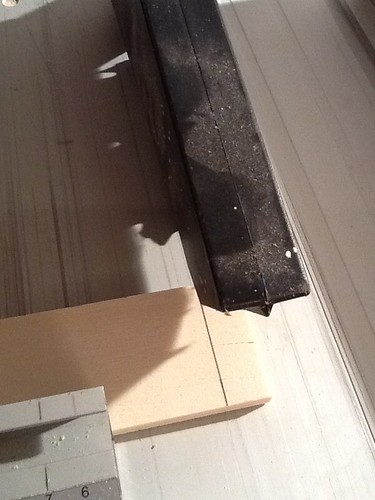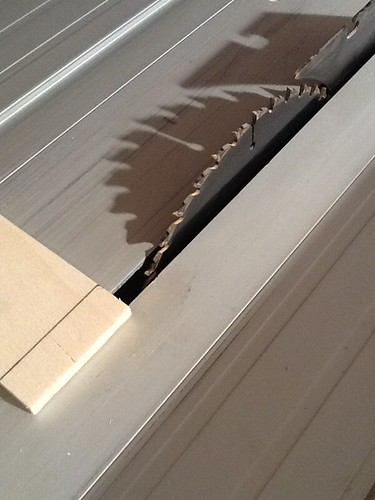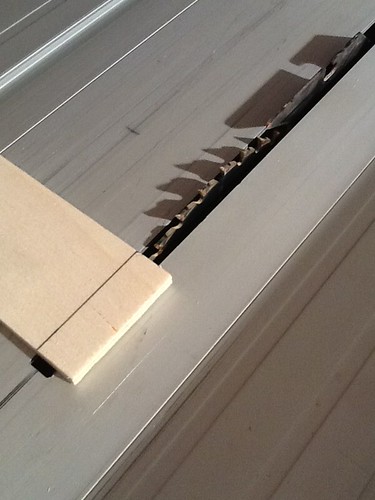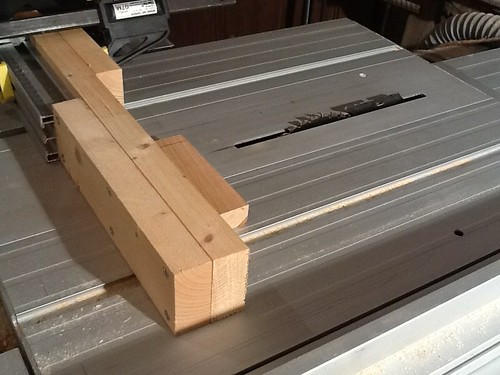Steve Maskery
Established Member
Dave
I'm glade you have taken it in the spirit in which is was intended.
Re your tenon jig. You can't use your existing guard with a jig like that. I also have a tenon jig that rides on my fence (but mine's better than your-ors, na, na, na-na, na) and it is guarded before the cut, during the cut and at the end of the cut, when my hand is furthest forward and most vulnerable.
You don't needs lots of different guards, just two or three. I have a SUVA-style guard and a stand-alone guard that I use for 99% of my work. You could make them both in a morning.
As regards cross-cutting. Yes, I agree that in that case your hands will be alongside the blade - I had ripping in mind. But in that case, it is even more important that you hands cannot accidentally contact the blade. Remeber, all TS cuts are accidental, no-one ever did it deliberately.
If I were you I'd be a Very Good Boy for the next few weeks
S
I'm glade you have taken it in the spirit in which is was intended.
Re your tenon jig. You can't use your existing guard with a jig like that. I also have a tenon jig that rides on my fence (but mine's better than your-ors, na, na, na-na, na) and it is guarded before the cut, during the cut and at the end of the cut, when my hand is furthest forward and most vulnerable.
You don't needs lots of different guards, just two or three. I have a SUVA-style guard and a stand-alone guard that I use for 99% of my work. You could make them both in a morning.
As regards cross-cutting. Yes, I agree that in that case your hands will be alongside the blade - I had ripping in mind. But in that case, it is even more important that you hands cannot accidentally contact the blade. Remeber, all TS cuts are accidental, no-one ever did it deliberately.
If I were you I'd be a Very Good Boy for the next few weeks
S








































